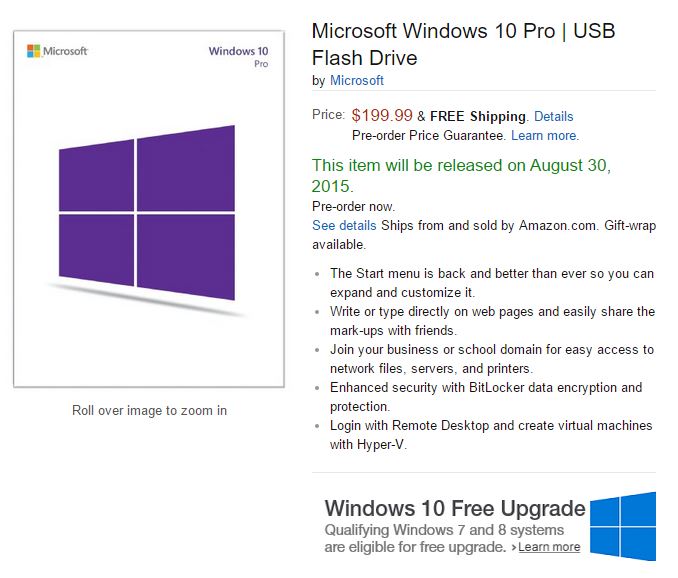

Or, if the computer does not start, you can use the Advanced startup options or mount the ISO file to File Explorer to complete a clean install.

It’s also possible to use the “Reset this PC” feature to quickly wipe out the hard drive and reinstall the operating system without additional tools. You can use the Media Creation Tool to do a fresh install on a device already running Windows 10. Whatever the reason, Microsoft offers several ways to perform a clean install of Windows 10, including using a USB flash drive to set up the installation on an SSD (Solid-State Drive). Or you can use this option to delete all preloaded bloatware from the manufacturer image on a new computer.

If you have had the same installation for a long time, this process can also help fix performance issues, problems shutting down and starting up, memory, and apps. Also, a clean installation is the process of choice to upgrade from an older version like Windows 7 or 8.1. The reason is that this method allows you to erase the hard drive and start with a fresh copy of Windows 10 without custom settings, drivers, apps, or files that may interfere with the upgrade process.
Also, you can do a clean installation of Windows 10 with the Media Creation Tool, Reset this PC feature, Advanced startup, or ISO file.Ī clean install of Windows 10 is recommended for upgrading to the latest operating system version. To clean install Windows 10, boot PC with a USB bootable flash drive, continue with on-screen directions, skip activation, and select the “Custom” option. Then select the installation drive, click “Next,” and finish the out-of-the-box experience (OOBE). iso file to the USB drive can take 20 minutes or longer. If prompted, confirm your action and/or provide an administrator password. iso file after selecting it, click Continue. Your USB drive should be listed in the "Destination disk" area. Check Create a Windows 7 or later install disk and click Continue. Uncheck the Install Windows 7 or later version and Download the latest Windows support software from Apple options. Verify that the USB drive you will be writing to is plugged in. You don't need to install Windows or download the support software at this time, as it will be easier to do both later. UITS recommends making the USB drive installer first. The next screen should give you a list of options. Open the Boot Camp Assistant, and then click Continue. From the Finder, open the Applications folder, and then Utilities. If your Mac has an optical drive, the option will be either missing or grayed out. In macOS, the option to create a Windows flash drive appears only when the computer does not have an optical drive.







 0 kommentar(er)
0 kommentar(er)
